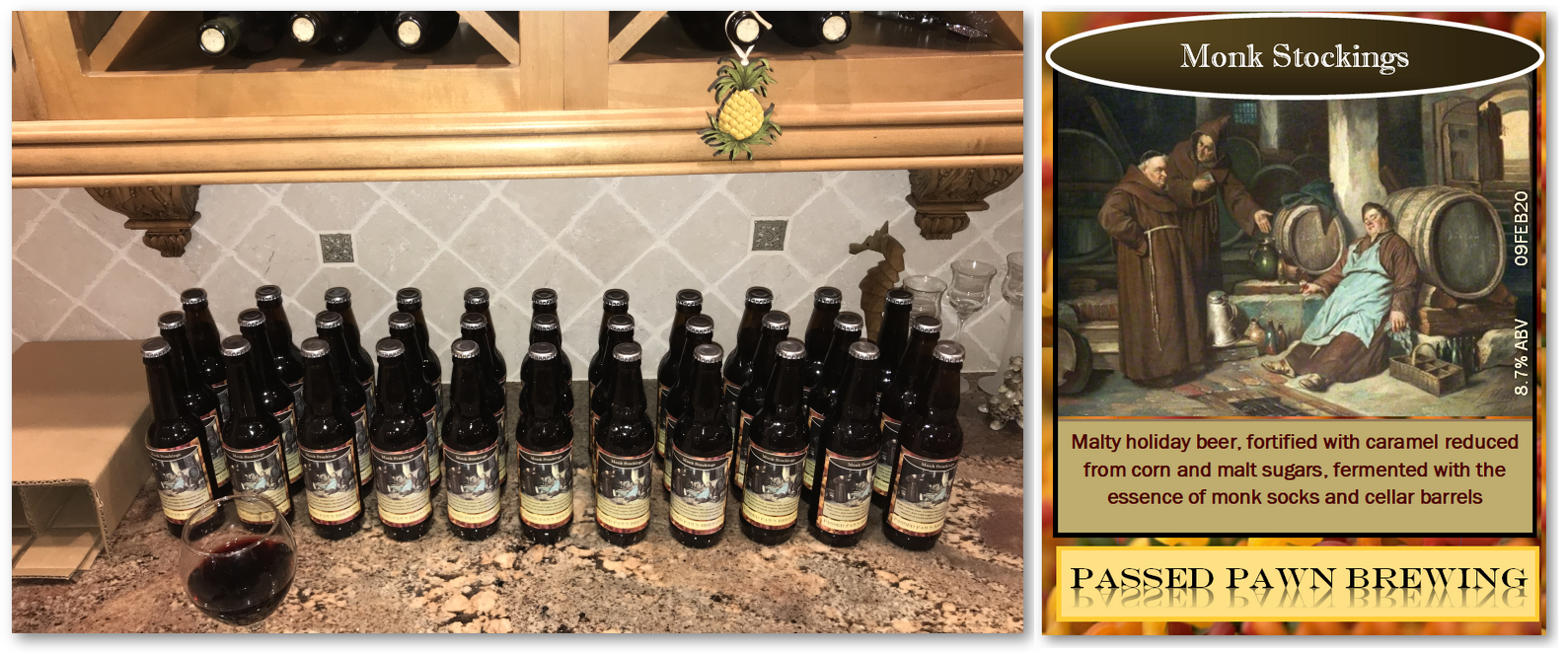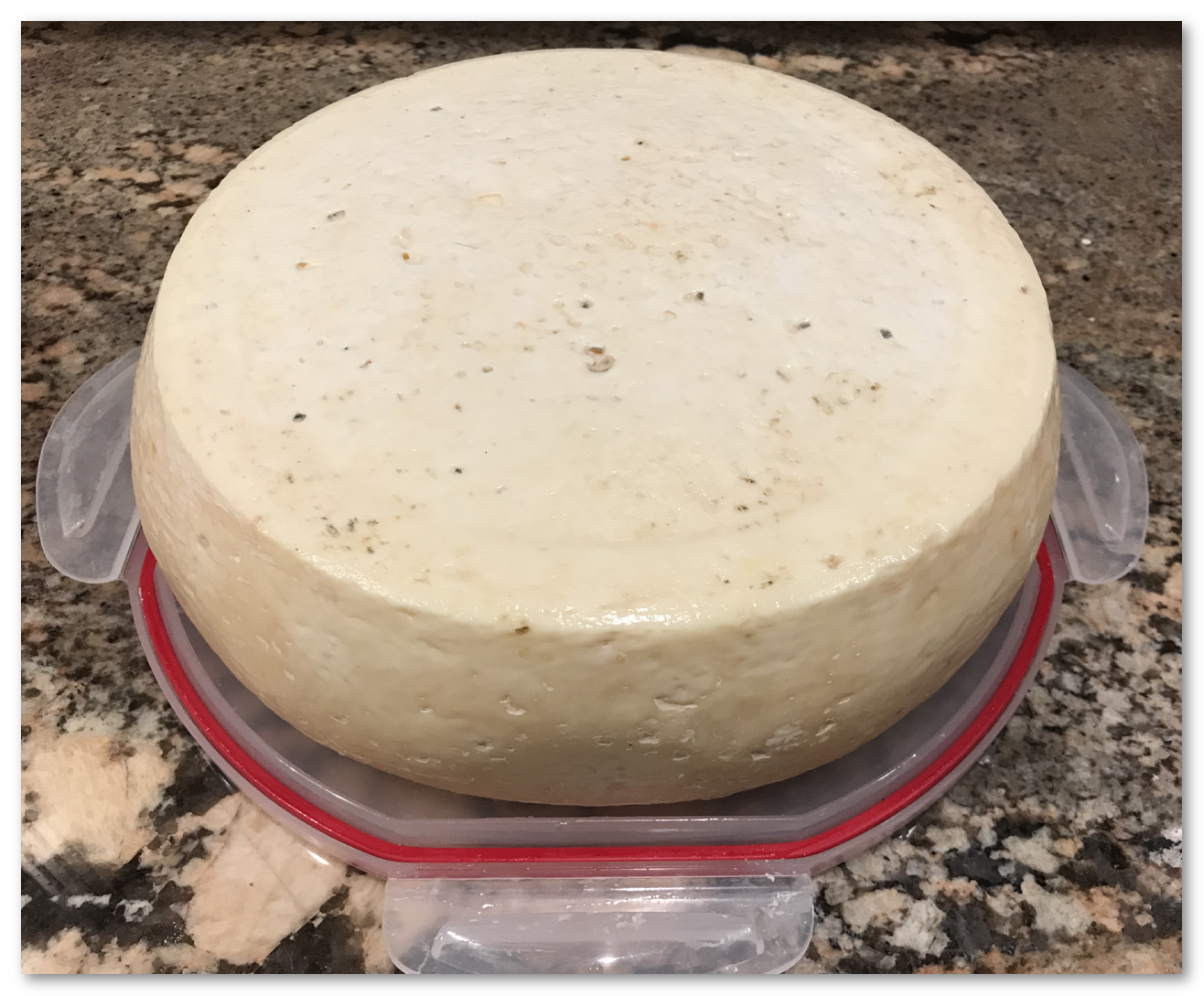Six gallons of milk produced a fine 5# wheel. Here it is after pressing and a couple of days of drying. There's a couple of periods of maturing at different temperatures, one of which will produce the iconic bubbles in the cheese that we expect from swiss cheeses. It should bulge when that happens (I've made these before). Anyway, I'm putting this one away for a couple of months. I'll post again when it's cutting time.
For those interested, this is a washed curd cheese including mesophilic and thermophilic cultures, as well as bacteria (proprionic shermanii) to product the co2 bubbles.

For those interested, this is a washed curd cheese including mesophilic and thermophilic cultures, as well as bacteria (proprionic shermanii) to product the co2 bubbles.




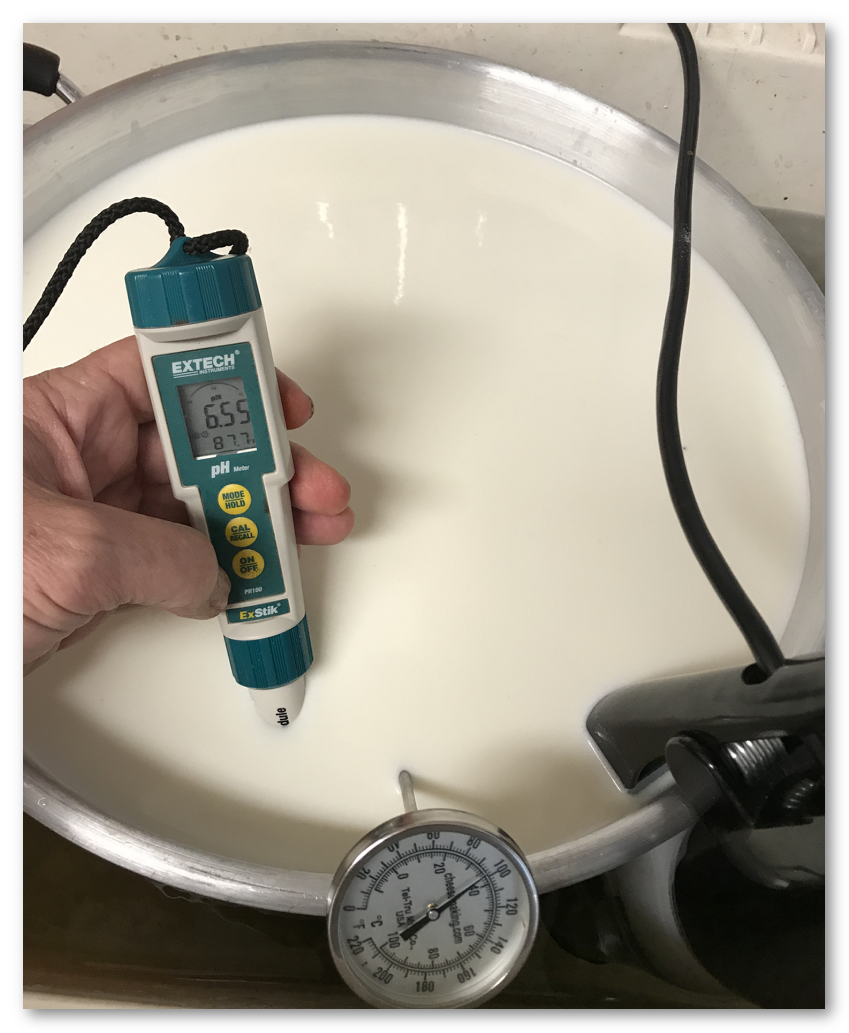


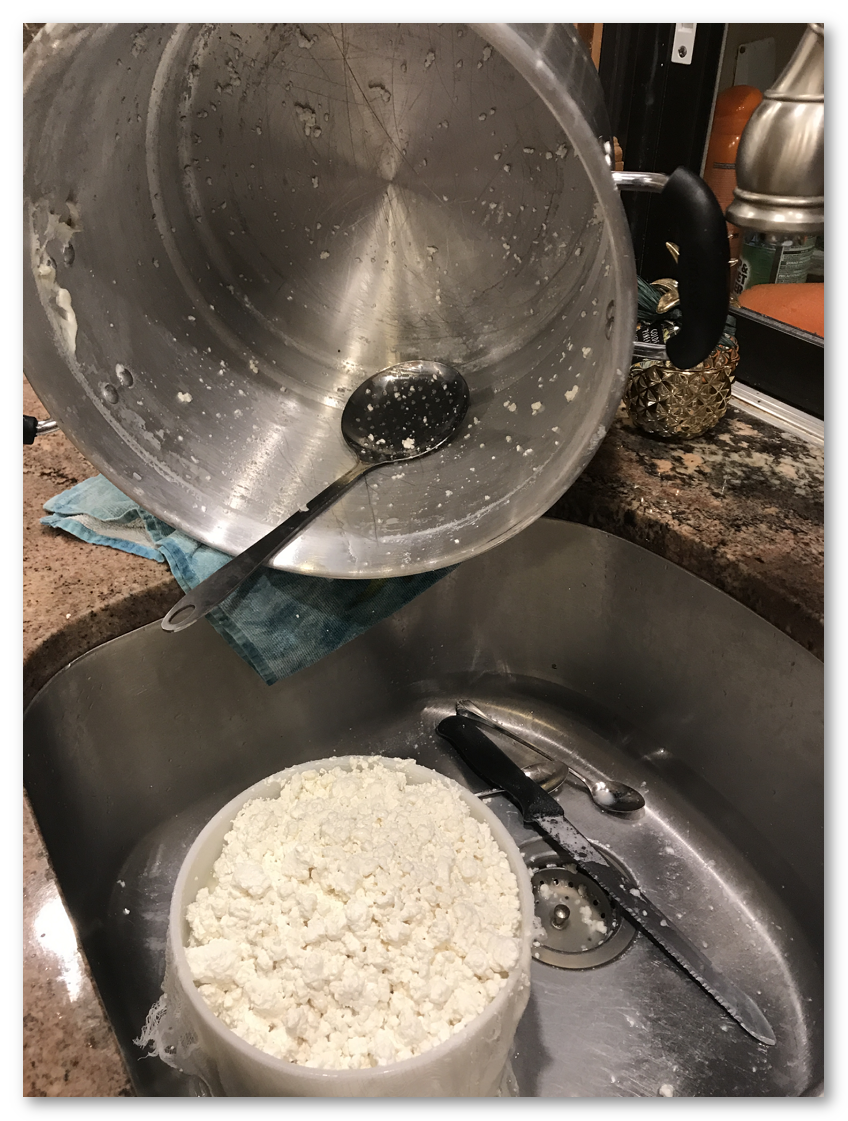

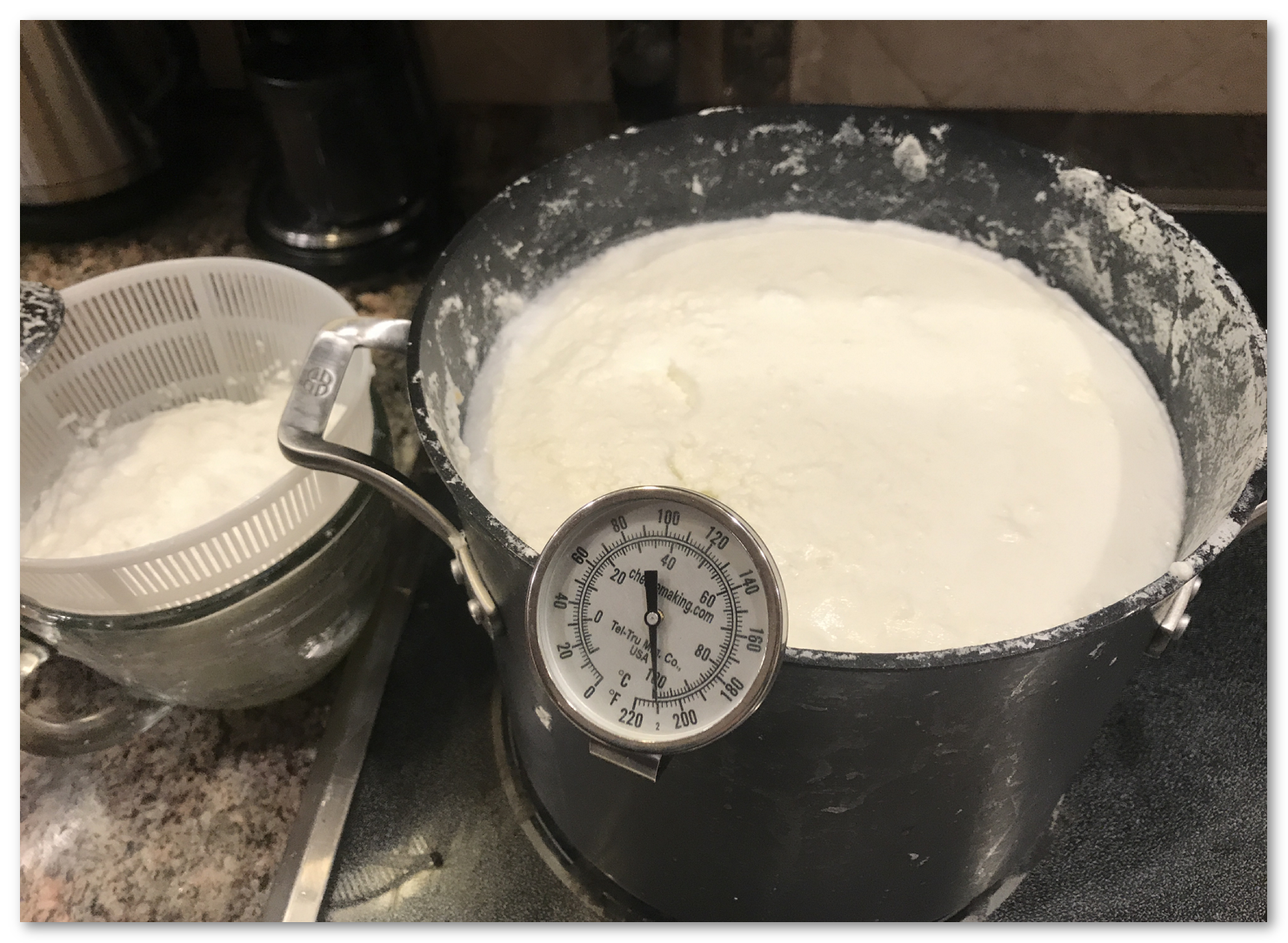














![Craft A Brew - Safale BE-256 Yeast - Fermentis - Belgian Ale Dry Yeast - For Belgian & Strong Ales - Ingredients for Home Brewing - Beer Making Supplies - [3 Pack]](https://m.media-amazon.com/images/I/51bcKEwQmWL._SL500_.jpg)
























